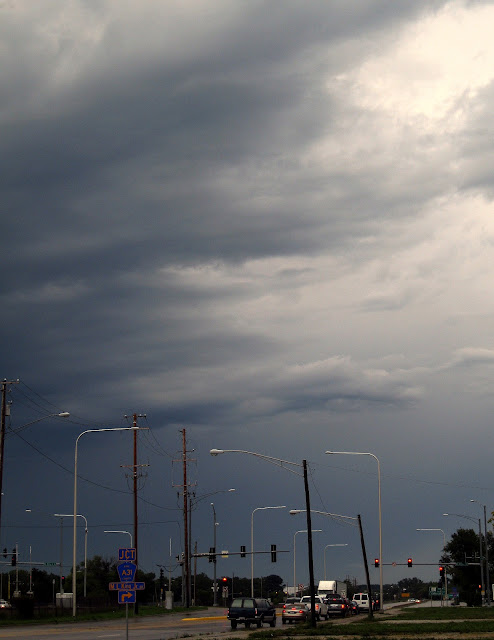This wasn't just another Tom, Dick or Harry. Or even another Black-Eyed Susan. This was a tall, stately flower with petals that curled under to become quills, a flower that would shout a cheery "welcome home" when I pulled up in the driveway after a hard day at work.
Rudbeckia subtomentosa 'Henry Eilers' has now graced my front yard for two years and is the star of the late summer/early fall garden. Its flowers are just starting to fade after blooming for more than a month, despite the ongoing drought.
But then Henry Eilers, also known as the sweet coneflower, is made of pretty strong stuff.
It hails from downstate Illinois where it was found just south of Springfield along Historic Route 66. This was one of the nation's first highways and became known as the Mother Road during the Dust Bowl days as people drove from Chicago to California in search of a better life. A younger generation knows it as the road featured in the Pixar movie "Cars."
 |
| Henry Eilers |
A retired nurseryman, Eilers has been active in the several conservation efforts near his hometown of Litchfield for many years. His name even graces a local 250-acre nature preserve on Shoals Creek.
Henry Eilers, the plant, is every bit as hard-working as its finder. It likes full sun but does well in the slightly shady spot where I have it planted. In addition to having a long bloom period, it makes a great cut flower. The leaves also smell like vanilla if crushed or dried.
The only apparent drawback is its height. This plant supposedly gets to be about 5-6 feet tall, which might require staking. In my garden, however, it has only gotten about 3 feet tall so far. That could be because both summers have had their share of 100-degree days which may have limited growth. I know that has been the case at several local prairies.
On the other hand, it could be that my plant was mislabeled. There's now a 'Little Henry' variety that only gets about 3 feet tall. Such things do happen.
| Henry Eilers with asters and mums at the Chicago Botanic Garden |
Whatever the final verdict, though, it's definitely sticking around. Henry Eilers is a nice complement to asters and mums. And I'll never find a cheerier, harder working plant to take its place.
By Karen Geisler
| Henry Eilers at the Chicago Botanic Garden English Walled Garden |


